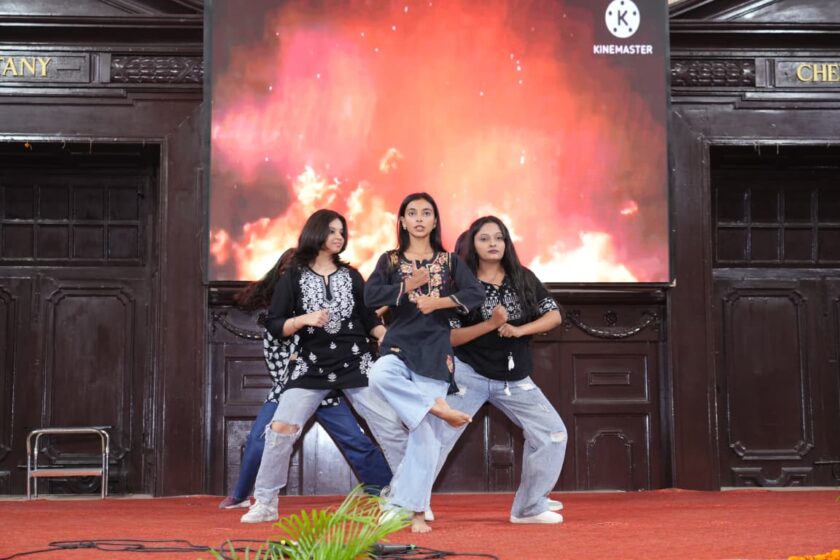CM Yogi Reviews Ayodhya Master Plan 2031; Focus on Heritage, Modern Infrastructure, and Sustainable Growth
Lucknow: Uttar Pradesh Chief Minister Yogi Adityanath has said that the development of Ayodhya should reflect a harmonious blend of grandeur, faith, and modernity, as he reviewed the Ayodhya Master Plan 2031. The comprehensive plan envisions Ayodhya as a global spiritual and tourism hub, integrating traditional values with state-of-the-art urban infrastructure.
Under the master plan, Ayodhya has been divided into 18 development zones, ensuring balanced progress in housing, commerce, transport, industry, and green spaces. With the city’s population expected to rise from 11 lakh to 24 lakh by 2031 and 35 lakh by 2047, the plan emphasizes new residential townships, airport expansion, ring road construction, multi-level parking, and modern civic amenities. The preservation of the Saryu riverfront and cultural heritage has been accorded top priority.
CM Yogi said that the goal is to establish Ayodhya as the “world’s spiritual capital” through planned, organized, and sustainable growth. He directed officials to ensure that every project respects the city’s cultural identity, religious sanctity, and environmental balance.
During the meeting, officials presented details of the land-use plan under the Ayodhya Master Plan 2031, designed for an estimated population of 23.94 lakh. Of the total area, 52.56% has been allocated for residential use, 5.11% for commercial, 4.65% for industrial, 10.28% for public utilities, 12.20% for transport, and 14.31% for green and open spaces. The Chief Minister instructed that land for mixed-use and industrial development be increased and that areas along the Panchkoshi and Chaudah Koshi Parikrama routes be reserved for cultural and tourism-related activities.
Highlighting the vision for Ayodhya 2047, CM Yogi said the city should be developed as a global spiritual, knowledge, and festival city with pilgrim-friendly infrastructure, diversified tourism circuits, heritage walks, and renewable energy-based systems. “The master plan should become the foundation of a smart, sustainable, and globally admired Ayodhya,” he said.

Officials informed that 159 investment projects worth ₹8,594 crore have already been approved within the Ayodhya development area. These projects are expected to create thousands of new jobs and boost the regional economy. The city’s growing connectivity through road, rail, and air routes will further enhance its status as a world-class pilgrimage destination.
CM Yogi directed that bus and truck terminals, parking zones, sewage treatment plants, and solid waste management facilities be developed in a planned manner, with special emphasis on eco-friendly and indigenous models. He also called for promoting innovation in sanitation and waste processing, ensuring Ayodhya becomes a model for sustainable urban management.
“Ayodhya today is not just a city, but a symbol of India’s soul,” CM Yogi remarked. “Its development must inspire spiritual, economic, cultural, and social transformation. The city should stand as a confluence of faith, beauty, and prosperity for generations to come.”
The Chief Minister also cautioned against unplanned constructions and encroachments, directing that all developments strictly follow the master plan and urban regulations.
With its integrated planning, cultural preservation, and sustainable vision, Ayodhya is poised to emerge as India’s foremost spiritual metropolis — a city where faith meets futuristic urban design.





